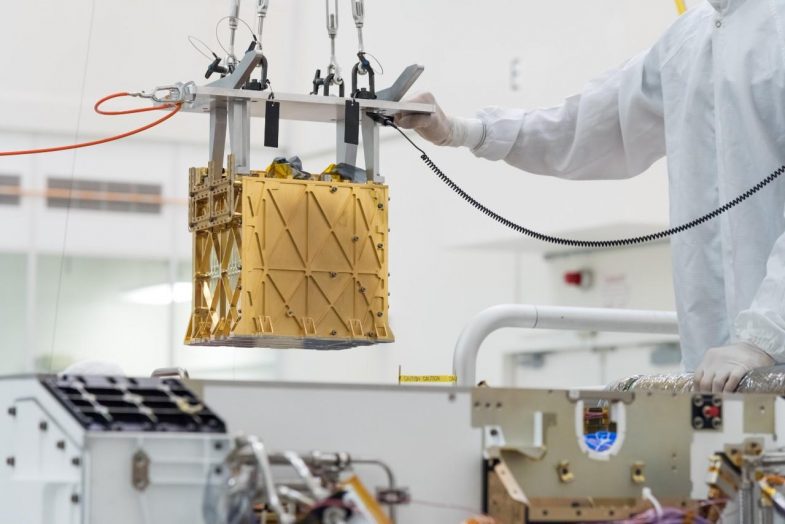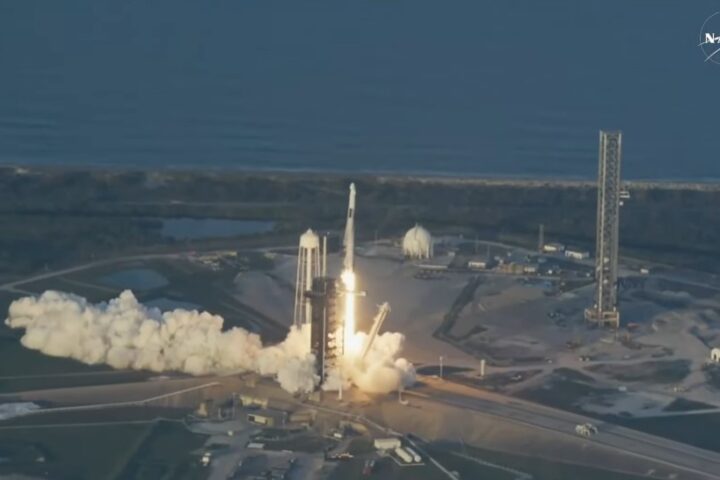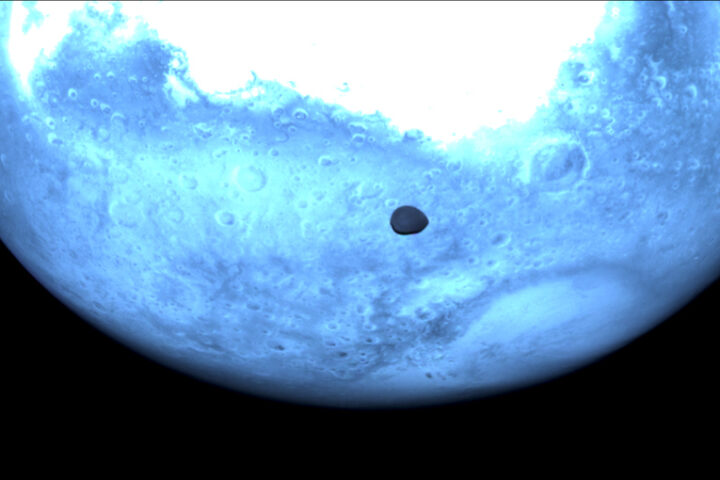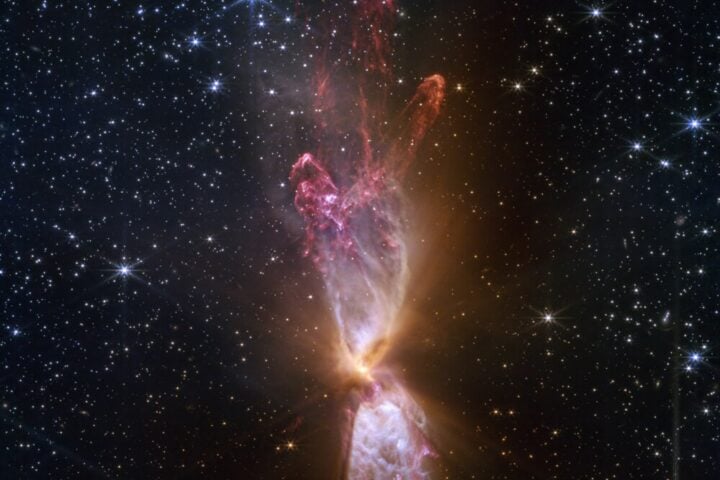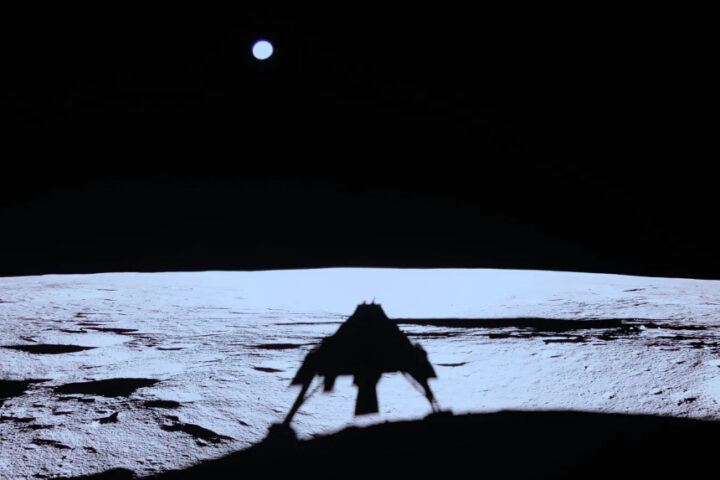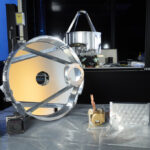The European Space Agency’s (ESA) much-awaited mission to investigate the cosmic dark side is about to commence, featuring the Euclid space telescope as its primary instrument. The mission is planned for launch aboard a SpaceX Falcon 9 rocket from Florida’s Cape Canaveral Space Force Station. It will have immense potential to propel our comprehension of the universe to new heights.
Watch live Launch from 16:30 on 1 July
Stream ESA Web TV directly or via the ESA Youtube livestream to follow the launch live:
16:30–18:10 Launch Programme
By delving into the depths of the cosmic dark side, this mission aspires to unlock profound insights that can revolutionize our understanding of the universe’s workings and its fundamental components. Euclid is a groundbreaking telescope designed to map the depths of the Universe. It will embark on a mission to unravel the perplexing puzzles of dark matter and dark energy. These enigmatic entities, constituting a significant portion (around 95%) of the observable universe, continue to confound scientists with their elusive characteristics. Euclid’s primary objective is to shed light on the nature and properties of these mysterious components that have thus far eluded our understanding.
Euclid‘s ambitious mission involves creating a comprehensive map of the Universe by precisely charting the positions of 1.5 billion galaxies in three-dimensional space. Through this extensive survey, the telescope aims to investigate the intricate distribution of dark matter, which acts as an invisible framework on large cosmic scales. Furthermore, Euclid will employ infrared observations to gather crucial data on the properties and behavior of dark energy, offering valuable insights into its role in the expansion of the Universe.
Yannick Mellier, the head of the Euclid Consortium, holds the firm belief that the outcomes of this extraordinary mission have the potential to bring about a revolution in our comprehension of the fundamental laws governing nature. The project is backed by an international team of 1,600 scientists hailing from 17 countries. The Euclid mission is set to make discoveries that could reshape our understanding of the universe’s workings. Euclid will utilize a dual-camera system to provide enhanced observational capabilities. One of these cameras will operate in the visible spectrum and the other in the infrared range. This innovative approach, facilitated by a dichroic plate, will provide Euclid with a comprehensive view of the cosmos, covering approximately one-third of the sky while strategically avoiding the Milky Way’s disk and the dust-laden plane of the Solar System.
Euclid is one of several cutting-edge observatories that form part of a collective effort to map the universe in three dimensions. In collaboration with other notable missions such as the US Vera C. Rubin Observatory, China’s Xuntian space telescope, and NASA’s Nancy Grace Roman Space Telescope, Euclid plays a crucial role in advancing our comprehension of the cosmos, collectively driving us towards a deeper understanding of the Universe. Euclid’s dual-camera system will yield data for two distinct types of analysis. The first analysis will focus on scrutinizing subtle distortions in the shapes of galaxies, which will unveil the presence of massive objects through the phenomenon of gravitational lensing. Simultaneously, the second analysis will delve into the distribution of galaxies, seeking evidence of ancient waves in the early Universe referred to as baryonic acoustic oscillations.
Similar Post
Initially intended to be launched on a Russian Soyuz rocket, the Euclid mission encountered delays caused by geopolitical tensions. Nevertheless, through a successful collaboration with SpaceX, Euclid secured an alternative launch opportunity. Once it reaches its destination at the Sun-Earth Lagrange point L2, the spacecraft will embark on a six-year-long mission. Euclid will meticulously gather data and conduct an intricate mapping of the Universe with unmatched precision and sensitivity. Euclid, in conjunction with other cosmology-mapping initiatives, has a primary objective of subjecting the prevailing cosmological theory, which places significant emphasis on dark energy and dark matter, to the ultimate examination. By undertaking meticulous analysis and subjecting the theory to rigorous stress testing, scientists aim to enhance and refine our comprehension of the Universe, pushing the boundaries of knowledge in the process.
The Euclid space telescope’s upcoming mission to venture into the mysteries of the dark Universe possesses the power to bring about a transformative shift in our comprehension of dark matter, dark energy, and the fundamental essence of the cosmos. Euclid is poised to provide invaluable contributions to the field of cosmology. Discoveries by Euclid could significantly shape our understanding of the Universe for generations to come.

